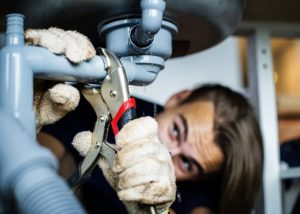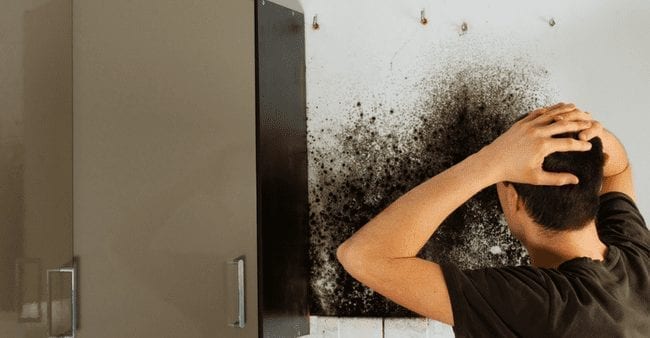Nearly everybody may have their private perception when it comes to Detecting hidden plumbing leaks.

Early detection of dripping water lines can reduce a prospective calamity. Besides saving you money, it will certainly lessen the aggravation and also frustration. The moment you find a leakage, calling your plumber for repair work is the very best option. Some tiny water leakages may not be noticeable. Here are some hacks that aid if you can not detect it with your nude eyes.
1. Examine the Water Meter
Every home has a water meter. Examining it is a surefire way that assists you uncover leakages. For beginners, turn off all the water sources. Make sure nobody will flush, use the faucet, shower, run the washing device or dish washer. From there, most likely to the meter as well as watch if it will certainly transform. Since no one is utilizing it, there must be no movements. If it moves, that shows a fast-moving leakage. If you detect no changes, wait a hr or two and inspect back again. This suggests you may have a slow-moving leak that can even be below ground.
2. Inspect Water Usage
Analyze your water costs and also track your water usage. As the one paying it, you must see if there are any inconsistencies. If you detect sudden changes, regardless of your consumption being the same, it means that you have leaks in your plumbing system. Keep in mind, your water expense ought to fall under the same range every month. A sudden spike in your costs suggests a fast-moving leakage.
A consistent rise every month, even with the exact same routines, reveals you have a slow-moving leak that's also gradually rising. Call a plumber to extensively examine your residential property, specifically if you really feel a cozy location on your flooring with piping beneath.
3. Do a Food Coloring Examination
When it comes to water consumption, 30% comes from bathrooms. If the shade somehow infiltrates your dish during that time without flushing, there's a leak between the container and bowl.
4. Asses Outside Lines
Don't neglect to check your exterior water lines as well. Should water permeate out of the connection, you have a loosened rubber gasket. One tiny leak can throw away lots of water and surge your water costs.
5. Examine and also Evaluate the Scenario
House owners should make it a behavior to check under the sink counters and even inside cupboards for any kind of bad odor or mold and mildew development. These two red flags indicate a leak so prompt interest is needed. Doing regular inspections, even bi-annually, can save you from a significant trouble.
Inspect for stainings and also damaging as most home appliances as well as pipes have a life span. If you think leaking water lines in your plumbing system, don't wait for it to rise.
Early discovery of dripping water lines can reduce a prospective disaster. Some little water leakages may not be visible. Examining it is a surefire method that helps you uncover leakages. One tiny leakage can lose loads of water and also surge your water bill.
If you presume leaking water lines in your plumbing system, do not wait for it to intensify.
WARNING SIGNS OF WATER LEAKAGE BEHIND THE WALL
PERSISTENT MUSTY ODORS
As water slowly drips from a leaky pipe inside the wall, flooring and sheetrock stay damp and develop an odor similar to wet cardboard. It generates a musty smell that can help you find hidden leaks.
MOLD IN UNUSUAL AREAS
Mold usually grows in wet areas like kitchens, baths and laundry rooms. If you spot the stuff on walls or baseboards in other rooms of the house, it’s a good indicator of undetected water leaks.
STAINS THAT GROW
When mold thrives around a leaky pipe, it sometimes takes hold on the inside surface of the affected wall. A growing stain on otherwise clean sheetrock is often your sign of a hidden plumbing problem.
PEELING OR BUBBLING WALLPAPER / PAINT
This clue is easy to miss in rooms that don’t get much use. When you see wallpaper separating along seams or paint bubbling or flaking off the wall, blame sheetrock that stays wet because of an undetected leak.
BUCKLED CEILINGS AND STAINED FLOORS
If ceilings or floors in bathrooms, kitchens or laundry areas develop structural problems, don’t rule out constant damp inside the walls. Wet sheetrock can affect adjacent framing, flooring and ceilings.
https://www.servicemasterbyzaba.com/blog/how-to-detect-water-leakage-in-walls/

I was shown that report on Hacks to detect leaks from a friend on another site. Enjoyed our blog entry? Please share it. Let another person discover it. Thanks a bunch for your time. Visit us again soon.